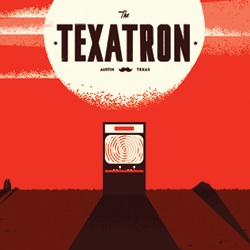EVILBLDG: JIM ROSSIGNOL ON THE GAME DESIGN’S ARCHITECTURE OF ‘EVIL’
Over on the regularly wonderful BLDGBLOG, our Ragdoll Metaphysics columnist Jim Rossignol writes on the how designers architect the forms of “evil” in games from rote gothic constructions to cases where the environment is the enemy itself. Says Rossignol:
I suspect… the ways in which game designers architecturally represent evil are becoming too much a part of our everyday imaginative discourse to remain affecting. They’ve begun to lose their danger. The connection with the inhumanity that makes the enemy so thrilling has started to fade via over-familiarity.
Where the evil lair becomes a little more interesting is when its nature is ambiguous – but nevertheless disturbing. Half-Life 2’s Citadel is an example of this. The brutal gunmetal skyscraper that looms over a nameless Eastern European city, below, appears deeply threatening. But, like everything else in the Half-Life 2 universe, it is unexplained. It does not seem inherently evil. The structure moves and groans; it is a machine of some kind. It is something constructed and mechanical, rather than the clear manifestation or emanation of an evil force. The Citadel is not a fire-rimmed portal to hell, nor a windswept ruin. Nor is it a volcano base. It could even be somehow utilitarian. In fact, it’s reminiscent of the real Moscow’s own television tower.
It is, perhaps, even incidental to the scourge that Half-Life’s denizens face: alien infrastructure. It is only later, as the plot uncoils the inner architecture of the Citadel, that you come to realise that it is the enemy: the lair of an alien force that must, ultimately, be destroyed.
Click through for much more.
Evil Lair: On the Architecture of the Enemy in Videogame Worlds [BLDGBLOG]
See more posts about: Offworld Originals






